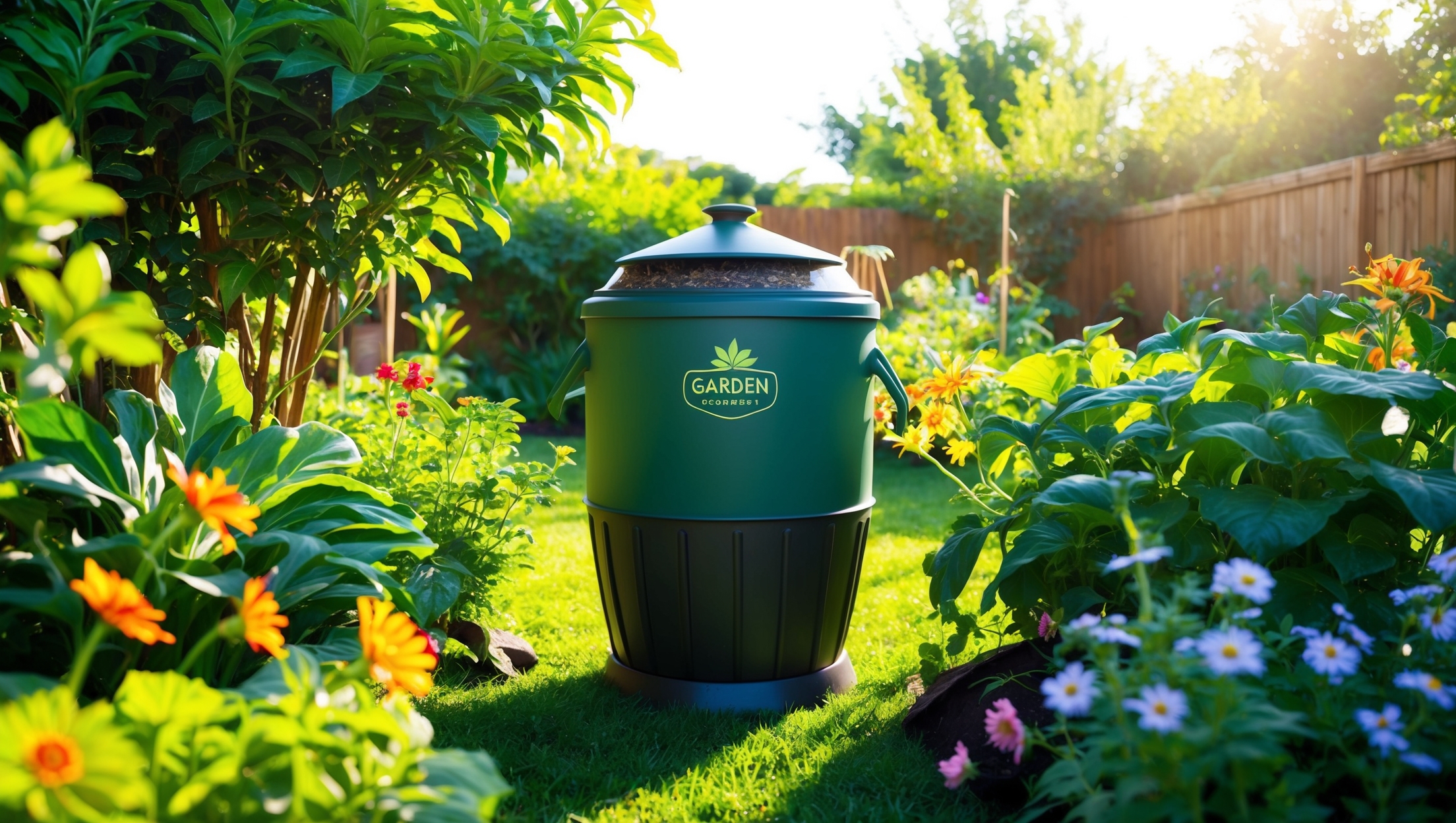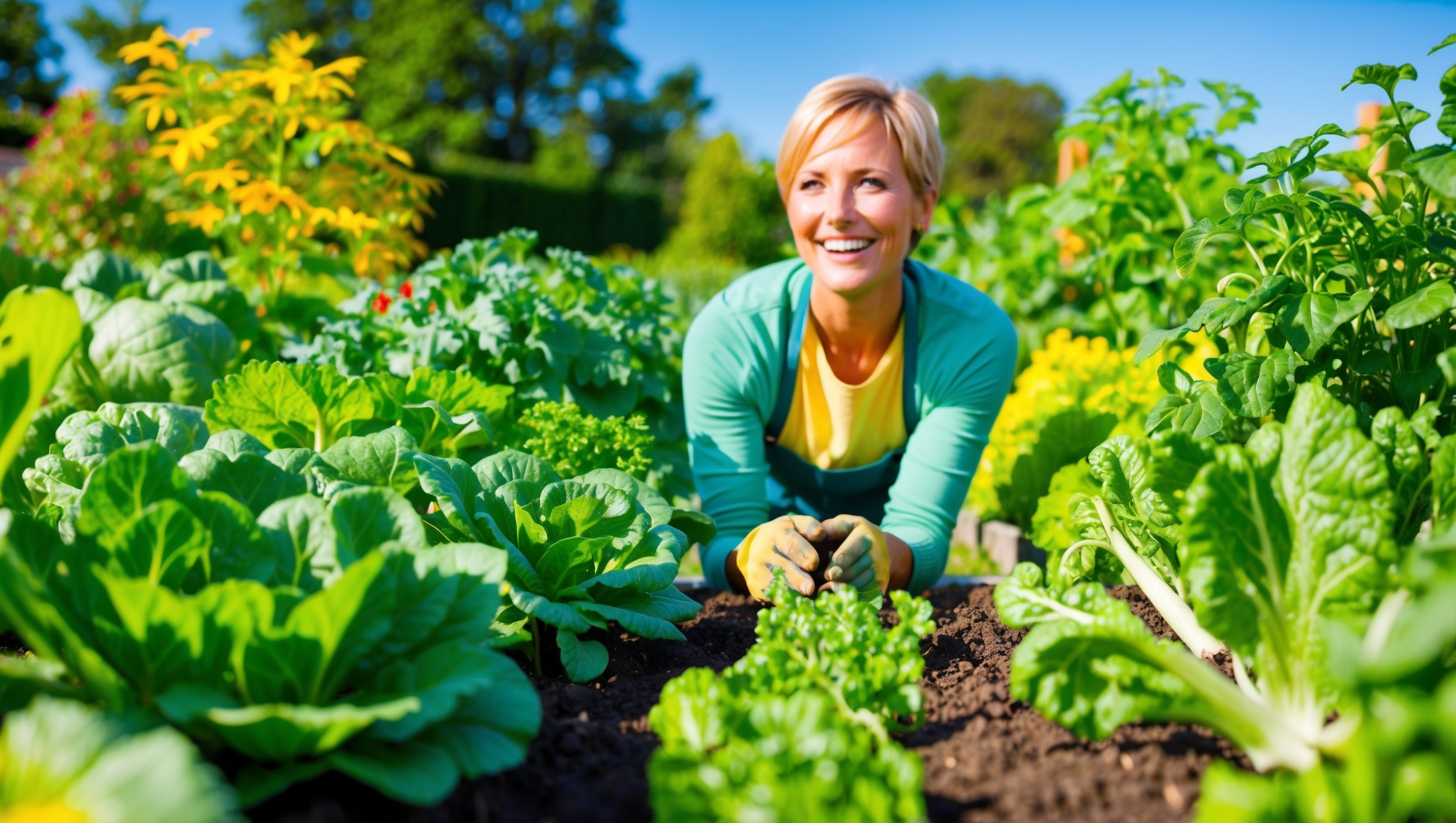Unleashing the Power of Composting: Your Ultimate Beginner's Guide
Hello, fellow earth-friendly friends! Today, we embark on a fragrant journey that’s bound to transform your garden. No, we’re not talking about just planting more roses, though that’s always delightful—we’re diving into the rich, earthy world of composting! You know, that magical process where yesterday’s dinner scraps become tomorrow’s garden nourishment. Let’s break it down, literally and figuratively, into something that’s as easy and rewarding as eating a pie (but much better for your waistline).
Why Composting Rocks Your Gardening World
Let’s start with a fun fact: a third of the waste you bin could be recycled through composting. Imagine the cumulative effect on our planet if everyone joined the compost parade. Not only does composting reduce landfill contribution, but it also enriches soil, helping your plants grow joyously. If they could, those plants would surely thank you with a little bow.

Composting Basics: The Key Ingredients
Now, if you’re asking yourself, “What do I toss into this magical box of transformation?” you’re not alone. Composting is a recipe, really. Balance is crucial, like all things in life. A mix of ‘greens’ (think kitchen scraps like fruit peels and vegetable trimmings) and ‘browns’ (such as fallen leaves and small branches) will see you bloom great compost success.
- Greens: High in nitrogen. Examples include fresh grass clippings, coffee grounds, and veggie peelings.
- Browns: Rich in carbon. Think dry leaves, twigs, or even shredded paper.
Step-by-Step to Composting Happiness
Starting is simpler than pronouncing ‘microorganisms.’ Choose a compost bin that’s right for your space or customize your own. Here’s your quick-start guide:
- Location is Key: Place your bin in a partly sunny spot. Avoid full blast sun exposure – compost likes a tan, not a sunburn.
- Layering: Start with a base layer of coarse materials like sticks. This helps with aeration. Alternate layers of browns and greens to maintain balance.
- Moisture & Ventilation: Like a good conversation, your compost needs to be neither too wet nor too dry. Think of it as a damp sponge, absorbing information (and nutrients).
- Turn It Around: Every now and then, give your compost heap a loving turn to aerate it, promoting faster breakdown.

Debunking Common Composting Myths
Let’s bust a common myth right here: Compost heaps don’t smell if they’re done right. In fact, they smell like nothing much at all, or perhaps reminiscent of a damp woodland after rain. Keep the ratio between nitrogen-rich greens and carbon-rich browns in check.
Conclusion: Your Garden Awaits, Compost in Hand
With these composting basics under your belt, you’ll soon turn your trash into treasure. Ready, set, compost—and watch your garden thrive like never before. It’s satisfying, environmentally sound, and in my humble opinion, downright fun. Now that you know the essentials, why not give it a go? Perhaps your green thumb will come away a chartreuse of proudly earthy hues.

Who knew making dirt could be this exciting?